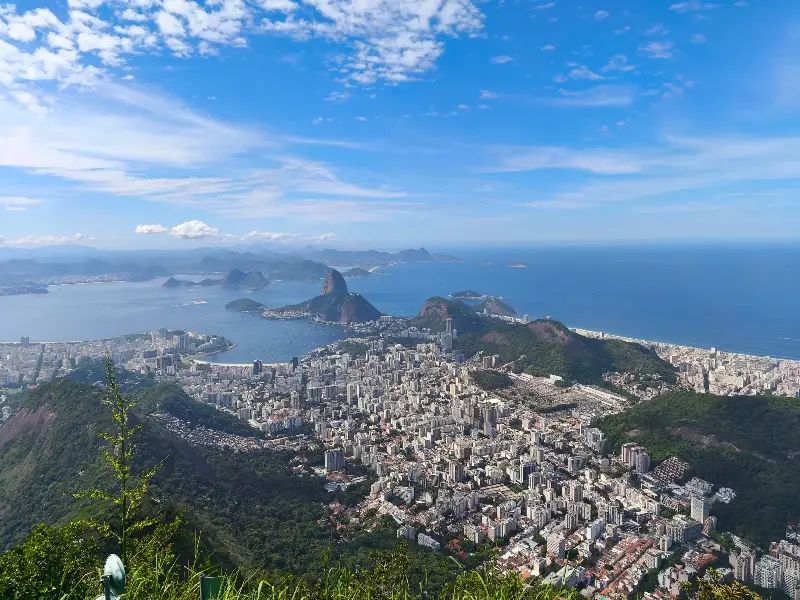
Imagine waking up to this: “Towering mountains and rock formations, golden sand beaches, inviting waters, Samba music playing in the background while sipping a caipirinha, and warm weather.”
You’d think you’re in paradise.
Many would agree that Rio de Janeiro is one of the most beautiful cities in the world (I would join the chorus of praises). With its stunning backdrop and evocative names for neighborhoods such as Ipanema, Copacabana, and Flamengo (you’d feel like dancing just hearing them), Rio is a city you wouldn’t want to miss when you’re in South America.
Fast facts about Rio:
- The city used to be the capital of Brazil.
- A person that is born and raised in Rio is called “Carioca.”
- Bossa Nova was invented in the city.
- Rio is home to the biggest favela (Rocinha) in Brazil.
Iconic attractions
When you hear or read about Rio for the first time, the Cristo Redentor or Christ the Redeemer is one of the images that appear in your mind.
This attraction is on the list of the New Seven Wonders of the World. It gets hundreds of thousands of visitors yearly. It took a few hours just to reach the monument from the time our group arrived at the station.
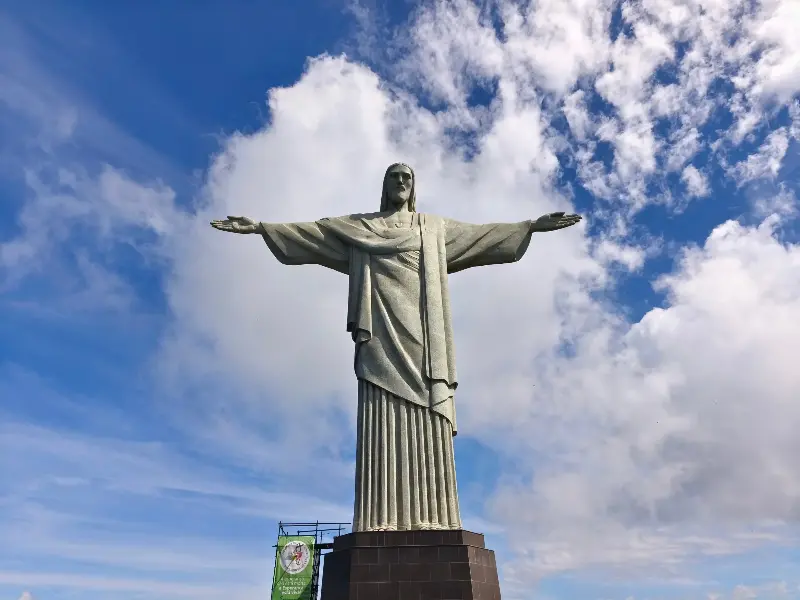
This statue of Jesus sits atop Mt. Corcovado. Paul Landowski, Heitor da Silva Costa, and Carlos Oswald designed this statue that’s 30m high. It’s (almost) impossible to get a photo with the statue without other people’s limbs, faces, back, caps, shirts or whatever in the frame of your camera or phone. There’s just too many visitors. You’ll need a bit of editing to get the picture you want.
Personally, the statue itself felt underwhelming. However, the surrounding panoramic views are stunning. You’ll see Rio’s urban sprawl, beaches, and mountains from Cristo Redentor’s viewing deck.
Pão de Açúcar or most famously known as Sugarloaf Mountain to English speakers, is a Rio icon you shouldn’t miss. It’s ideal location provides visitors with exquisite views of the city in all its splendor.
Visitors take two cable car rides to two stations. The last stop provides the best views. The ideal time to go up is just before sunset. You’ll see the sky turn from blue to red with the city, beaches, and mountains in the foreground. Wait until it gets dark to see the bright lights of Rio.
The most famous steps in Rio is the Escadaria Selarón. Jorge Selearón began work on the step in the 1980s. He collected tiles and attached them to the steps outside his residence for around three decades until his death. His work became a major tourist attraction and draws large crowds everyday. I would avoid going too early or at night, though, because the stairs are in a sketchy area.
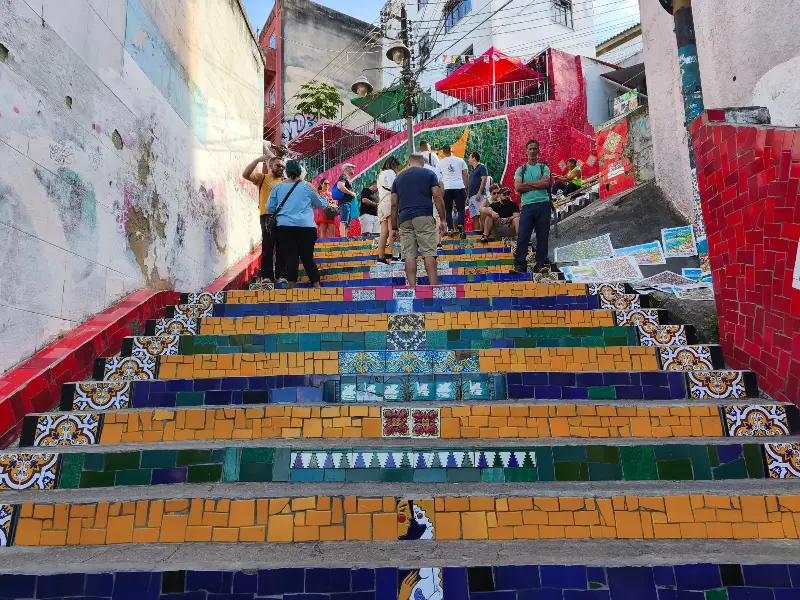
The Catedral de São Sebastião is an architectural gem and stands out amid the city’s urban sprawl. Inspired by the Mayan pyramids, architect Edgar Fonseca added a modern twist to an ancient structure when he designed the cathedral.
These places are Rio icons for a reason. Despite the crowds visiting them throughout the day, I’d recommend adding them to your itinerary. It’s possible to visit all four in one day if you’re efficient and start your day early.
Biggest favela
I had the opportunity to visit a favela during my stay in Rio de Janeiro. I’ve read and heard the bad things about such neighborhoods — the drug trafficking, turf wars, police raids, theft, among others.
However, there’s always two sides to a story. Rocinha is the biggest favela in Rio and is home to approximately 100,000+ residents.
My first impression was that it reminded me of the many slums in Metro Manila. But the view of the mountains and the buildings rising up the hill was spectacular.
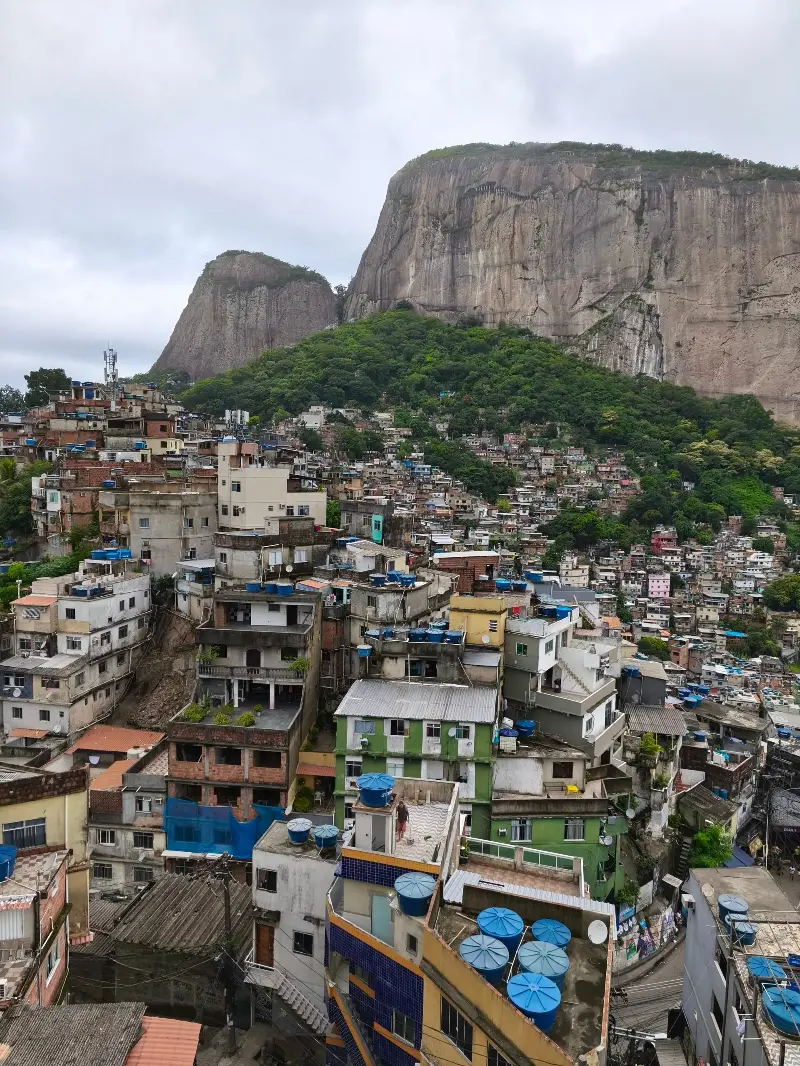
Our guide told us that it took years before the local government and NGOs built the infrastructure residents needed. Rocinha grew and developed from a typical shantytown to a highly urbanized area.
Gang wars still happen and organized crime still operates. The high profile arrest of drug lord Rogerio da Silva rocked Rocinha a few years ago.
However, some organizations want to break free from that mold. They want to show that Rocinha has a lot more to offer, hence the guided tours around the neighborhood.
One of the highlights of the tour was a capoeira performance of some local kids. The head of the organization wants to keep them out of the streets and show them there’s a better life outside of crime and gangs.
We also visited some local galleries, shops, and restaurants. They want to show that Rocinha is like any other normal neighborhood where one can relax, have fun, eat out, and take pictures.
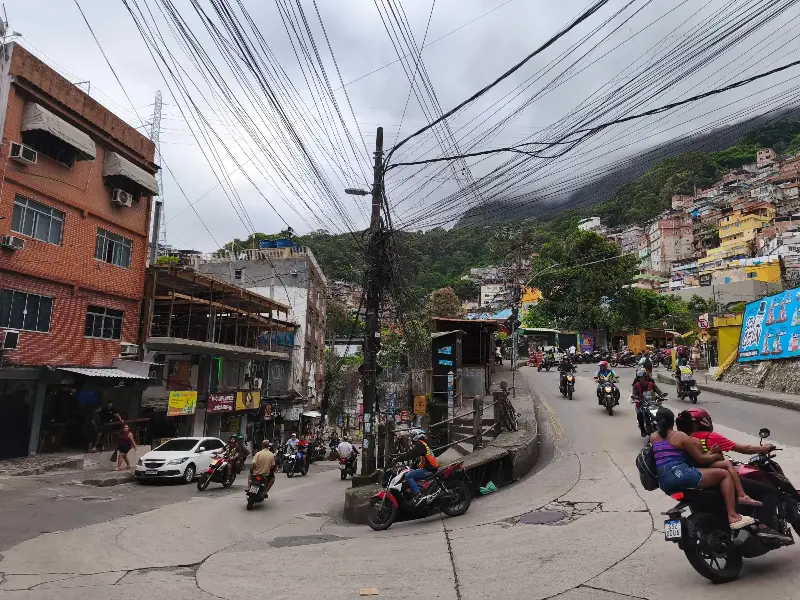
The favelas in Rio are a contrast to the fancy and expensive high-rise buildings lining the coast. In some instances, you can feel the tension between the rich and the poor in the city.
I have read about the crime that takes place in the city and the constant reminders of staying safe while exploring. This might be a byproduct of the pressure within the city’s imbalanced socio-economic structure.
Beach bumming
Rio’s city center hums like any other big city, hectic roadside markets, traffic, and the comings and goings of office workers and tourists. After a hectic few days of sightseeing, the best thing to do is hang out at one of the beaches in the city.
With around 80km of beach coastline you’ve got a handful of choices on where to go during your visit. Golden sand, the sea, and mountain views are the perfect background while you sip a caipirinha.
Copacabana is a popular spot for visitors. You’ll find numerous attractions, hotels, hostels, restaurants, bars, and drink/food stalls along the coast.
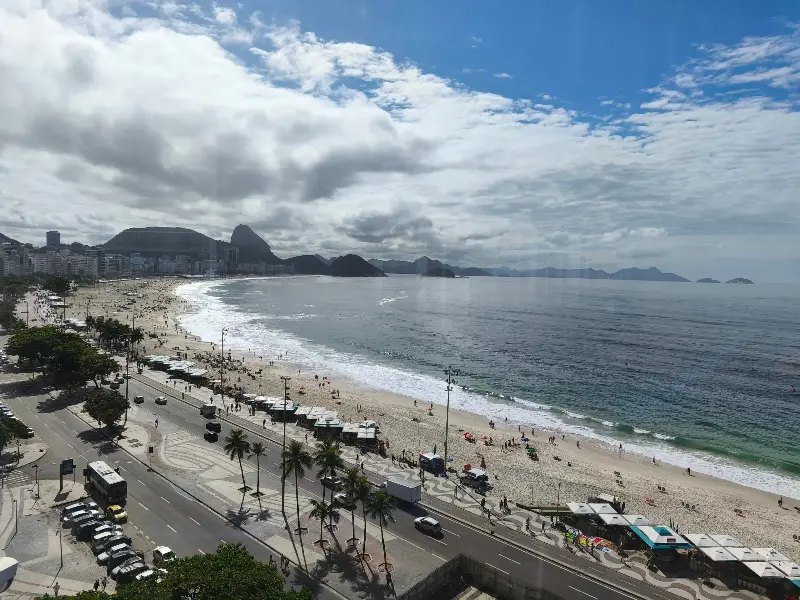
You can walk to the beach from your accommodation or right after eating. At night, you can hear samba beats and dancing, take your pick among the bars and restaurants. You might start humming the lyrics to “Girl from Ipanema” when you visit the beach with its namesake.
The views of the mountains, the beach, the lapping of the waves, and the chill vibe will allure and enthrall you.
If you’re looking for a smaller beach, Praia Vermelha or Red Beach is an option. It’s within walking distance from the cable car station that goes up and down Sugarloaf Mountain.
It can get crowded but you still get photogenic views of the rugged beachscape.
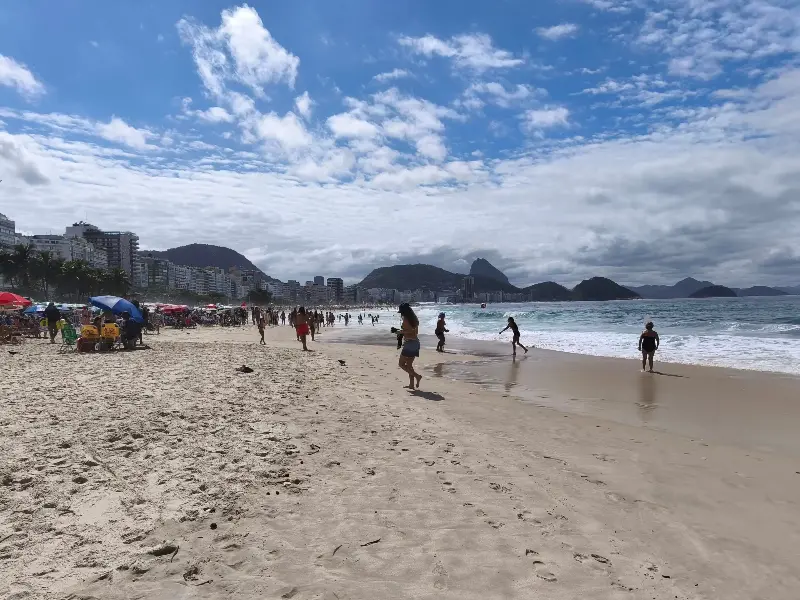
Botafogo is another beach bumming destination to add to your list. I’m not sure if it was the season, but when I visited, there were few people swimming or lounging along the shore.
Regardless of the beach you decide to go to, you’ll get exquisite views. The accessibility of the four beaches using public transportation are a plus.
Rio de Janeiro is a city of contrasts — the rich and the poor, urban development and nature, a dream and a nightmare, old and new.
There’s a lot to like and dislike. But it’s these contradictions that create a gravity-like pull that lures you in and keeps you there. – Rappler.com
